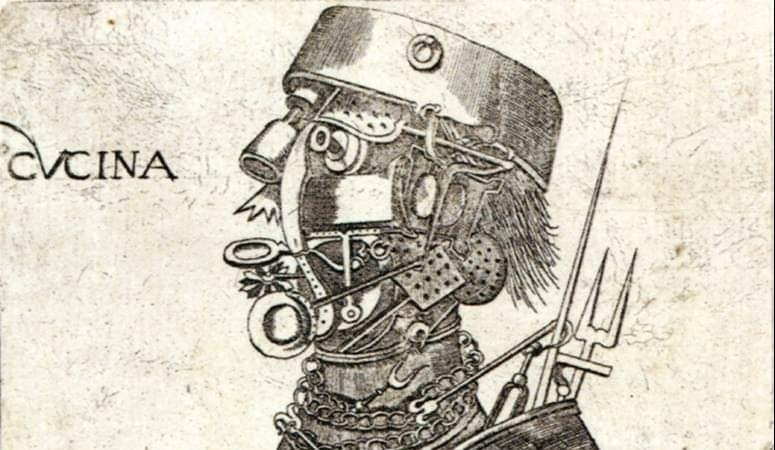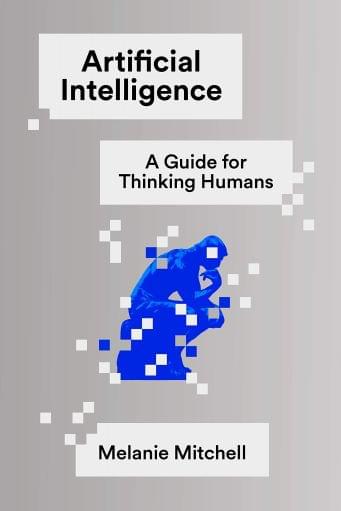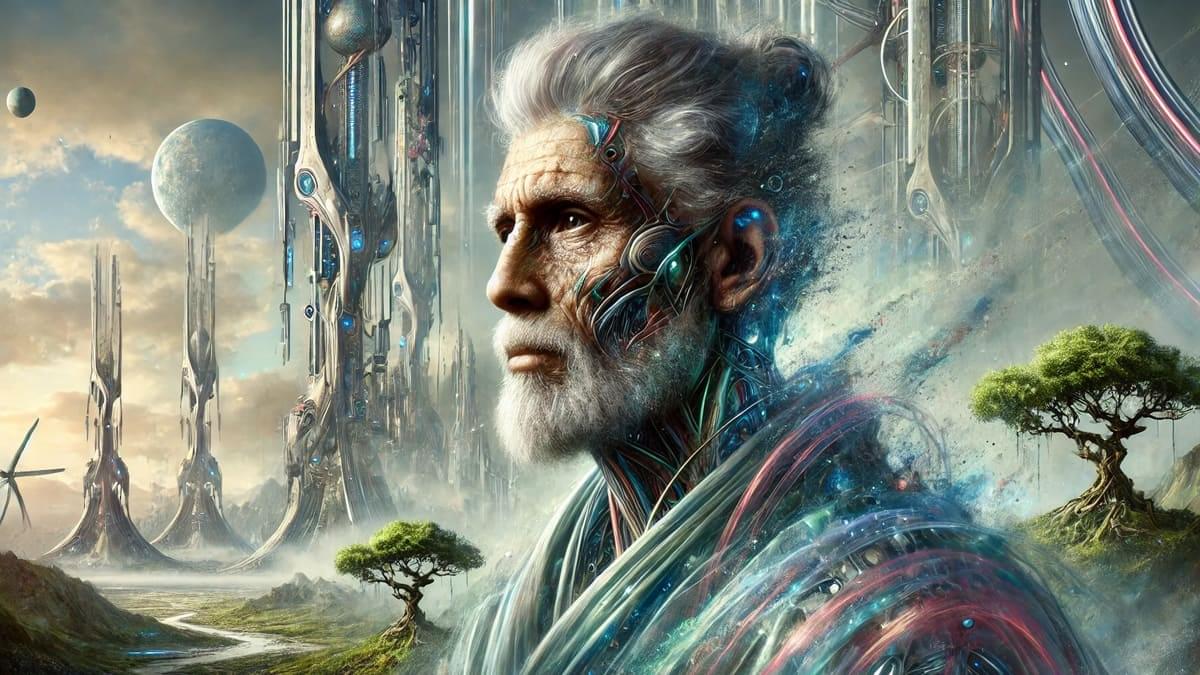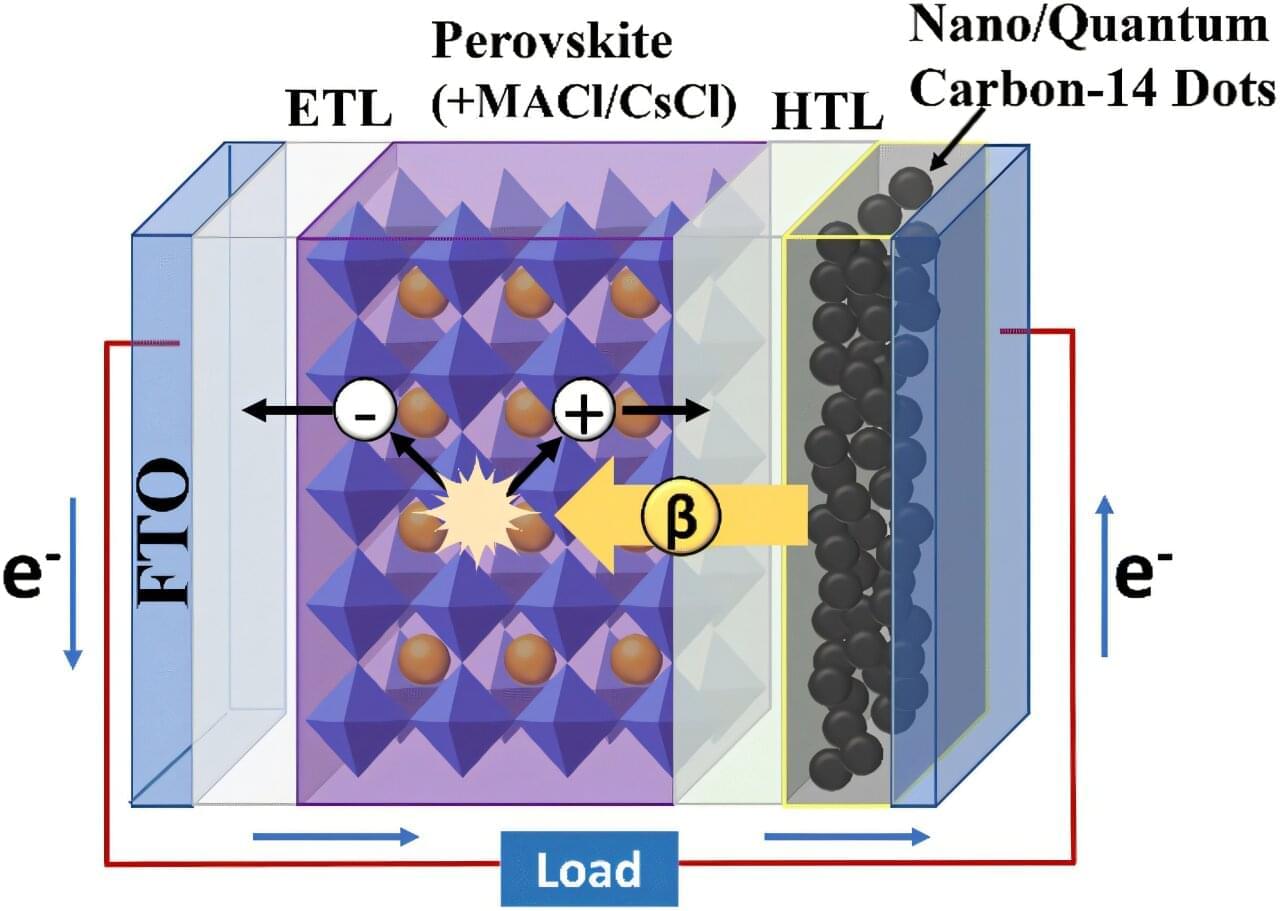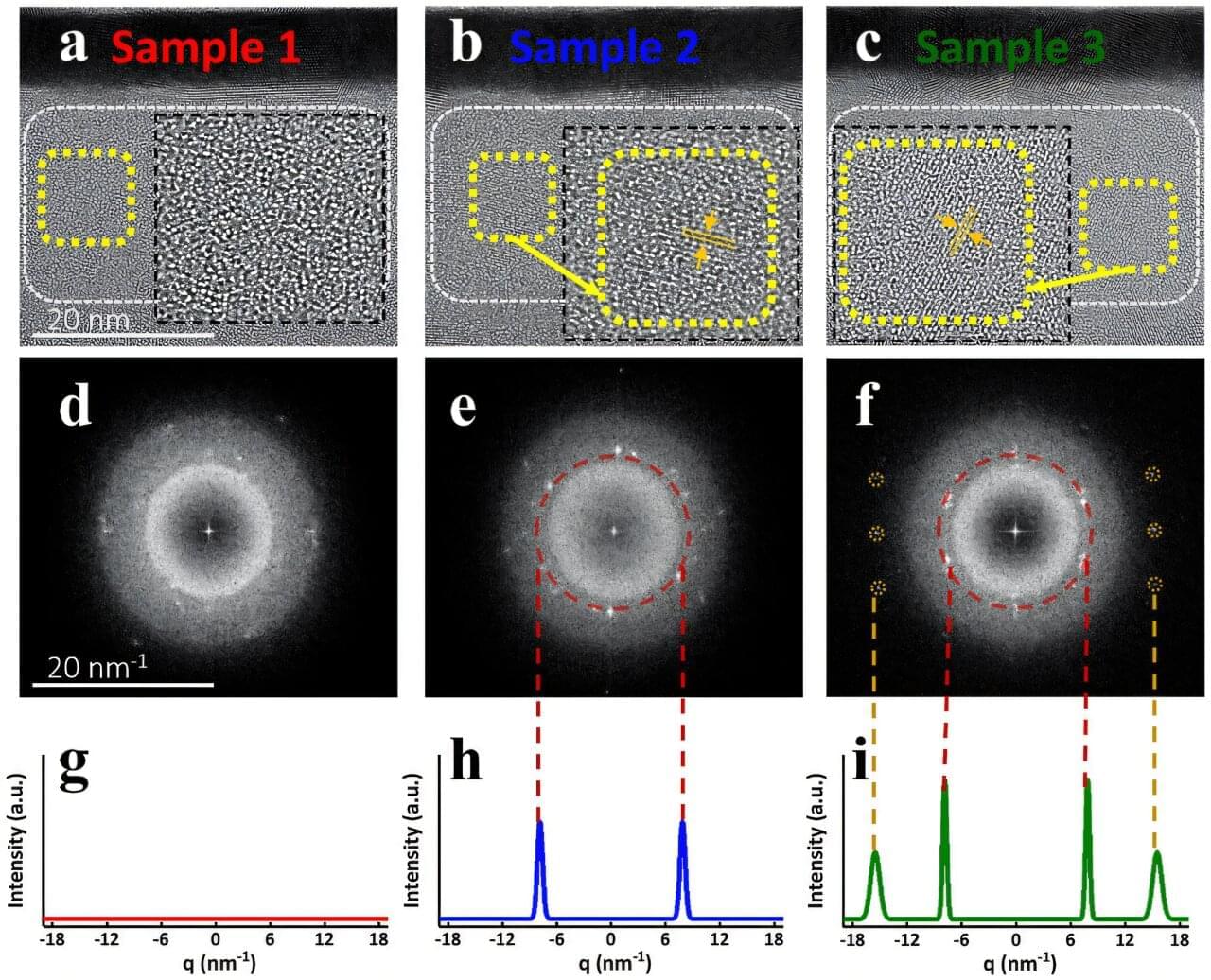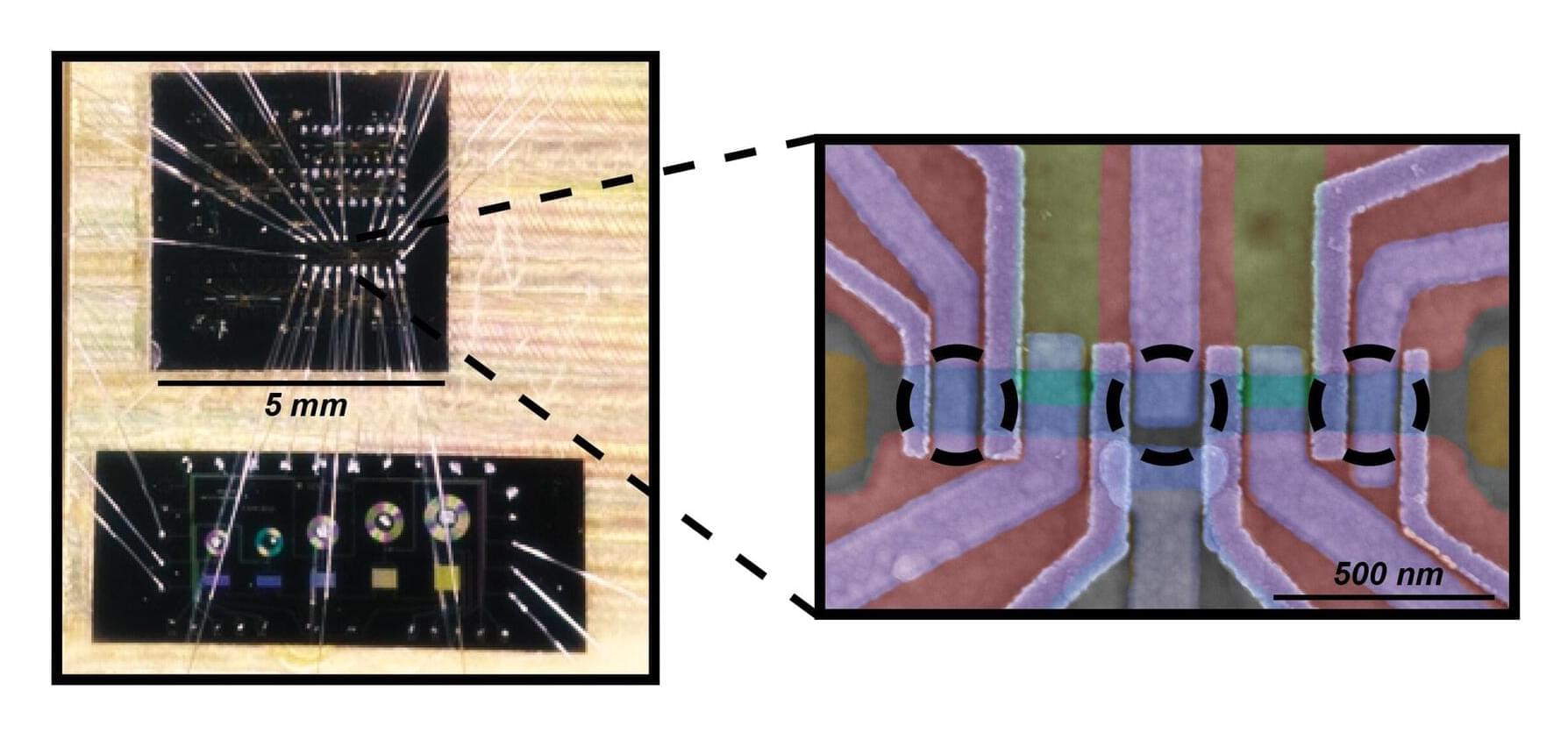The new transistor runs 40% faster and uses less power.
Neuroscience continues to reveal how our brains respond to the world around us in unexpected and powerful ways.
David Chalmers in his book: Reality+: Virtual Worlds and the Problems of Philosophy, eventually gets around to addressing the 800-pound gorilla in the room for any discussion of the simulation hypothesis. Can consciousness itself be simulated, and if so, would the resulting entity be conscious?
In the post on the Chinese room, while concluding that Searle’s overall thesis isn’t demonstrated, I noted that if he had restricted himself to a more limited assertion, he might have had a point, that the Turing test doesn’t guarantee a system actually understands its subject matter. Although the probability of humans being fooled plummets as the test goes on, it never completely reaches zero. The test depends on human minds to assess whether there is more there than a thin facade. But what exactly is being assessed?
I just finished reading Melanie Mitchell’s Artificial Intelligence: A Guide for Thinking Humans. Mitchell recounts how, in recent years, deep learning networks have broken a lot of new ground. Such networks have demonstrated an uncanny ability to recognize items in photographs, including faces, to learn how to play old Atari games to superhuman levels, and have even made progress in driving cars, among many other things.
But do these systems have any understanding of the actual subject matter they’re dealing with? Or do they have what Daniel Dennett calls “competence without comprehension”?
The dream of living forever has long been the stuff of science fiction. But for some scientists, it’s a real-world challenge worth pursuing. According to molecular… Continue Reading →
In our Founder Interview series, we highlight the brightest minds in preventive health, wellness, and longevity. In Episode 6, we’re honored to feature Dr. Emil Kenziorra, founder and CEO at Tomorrow Biostasis —one of the world-leading human cryopreservation experts.
Tell us a little about yourself and your current venture
Doctor and researcher by training, entrepreneur by trade. Longevity has always been my motivation, with a focus on maximal life span extension. I’m running Tomorrow.bio and the non-profit European Biostasis Foundation to push human cryopreservation forward.
A research team has developed the world’s first next-generation betavoltaic cell by directly connecting a radioactive isotope electrode to a perovskite absorber layer. By embedding carbon-14-based quantum dots into the electrode and enhancing the perovskite absorber layer’s crystallinity, the team achieved both stable power output and high energy conversion efficiency.
The work is published in the journal Chemical Communications. The team was led by Professor Su-Il In of the Department of Energy Science & Engineering at DGIST.
The newly developed technology offers a stable, long-term power supply without the need for recharging, making it a promising next-generation energy solution for fields requiring long-term power autonomy, such as space exploration, implantable medical devices, and military applications.
A research team has succeeded in inducing ferromagnetism, a key property of conventional magnets, in pure vanadium oxide, a compound not previously recognized for such magnetic behavior. Through a series of experiments, the team verified that by precisely adjusting the oxidation state of vanadium ions, they could induce the element to behave magnetically.
The research is published in the journal Advanced Functional Materials. The team was led by Professor Chun-Yeol You from the Department of Physics and Chemistry at DGIST.
Vanadium oxide (VO) is widely known for its metal-insulator transition (MIT), a phenomenon in which its electrical conductivity dramatically changes depending on temperature. While its electronic properties have been extensively studied, its magnetic properties —especially the possibility of ferromagnetism—remain largely unexplored. VO typically exhibits antiferromagnetic or paramagnetic behavior, which limits its application as a magnetic material.
Researchers at QuTech in Delft have combined superconductors and quantum dots to observe and manipulate so-called Majorana bound states, which have properties that could enable stable quantum computation. By building a chain of three coupled quantum dots in a two-dimensional electron gas, they were able to demonstrate properties of Majoranas that are essential for the study of Majorana-based quantum bits.
The results are published in Nature.
One of the key issues in quantum computing remains the inherent instability of quantum bits. In the quest for fault-tolerant quantum computers, topological quantum bits are expected to be significantly less prone to errors. Key to these qubits are quasiparticles called Majorana bound states, which have been predicted to appear on opposite edges of one-dimensional superconducting systems.


